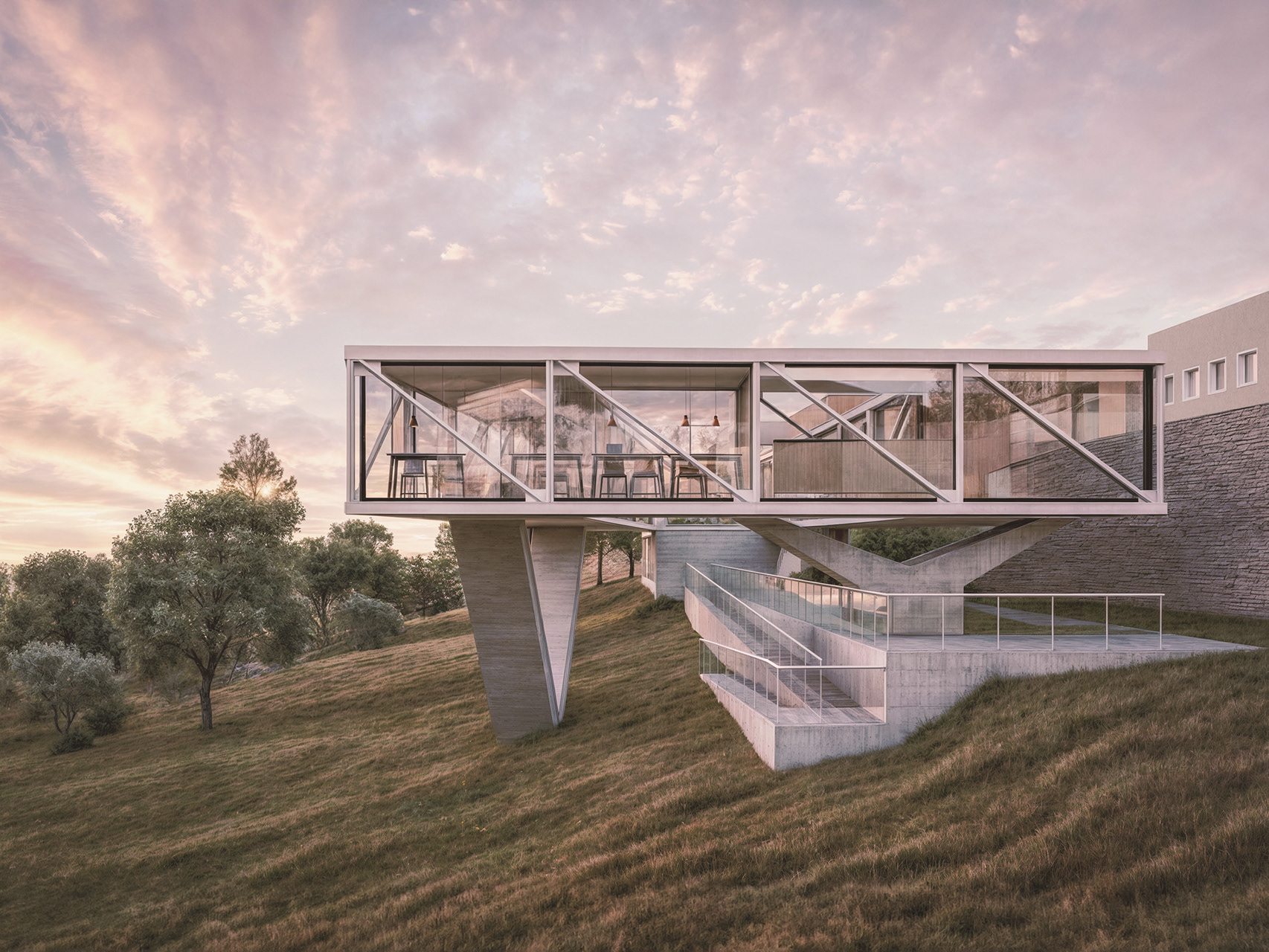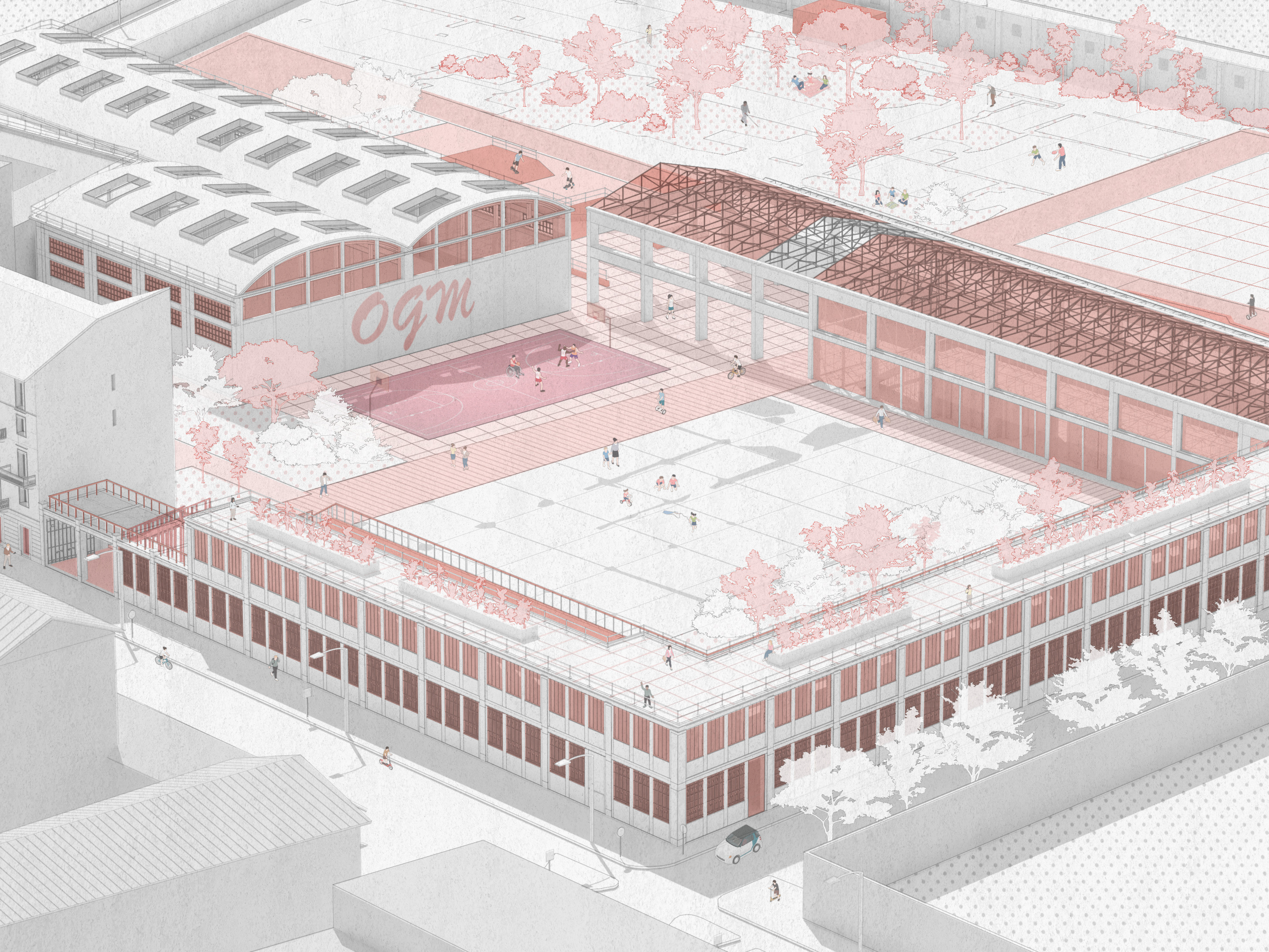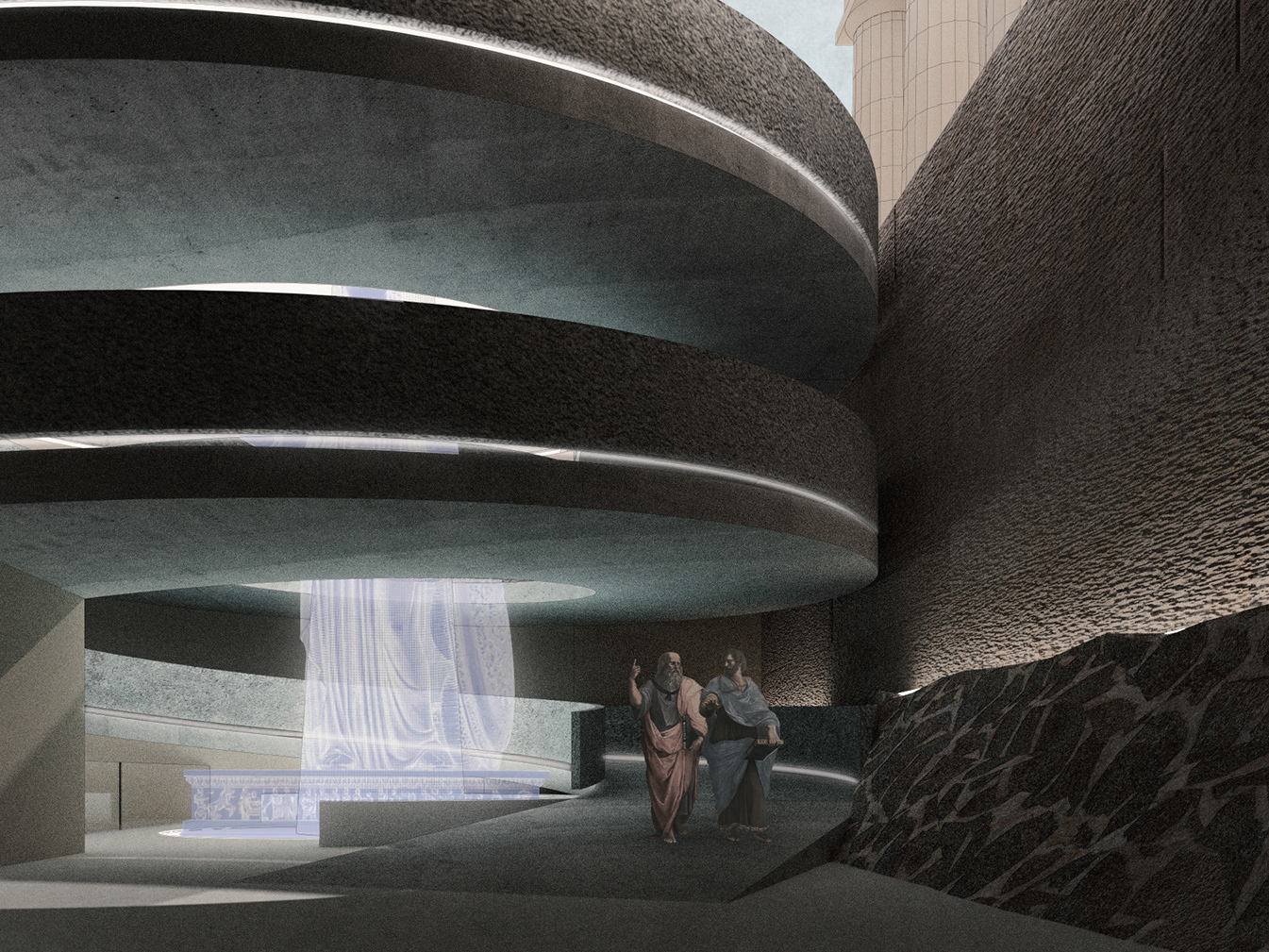Master's Degree Thesis
in
Architecture for Heritage
at Politecnico di Torino (Italy)
The thesis deals with the theme of the enhancement of mining sites,
referring in particular to those present in the Sulcis coal basin in Southern Sardinia (Italy),
with the inclusion of not yet rehabilitated objects and sites in the cultural-tourist offer,
through the improvement of existing itineraries.
The contents of the research are divided into topics that cover the state of the heritage,
the promotion of cultural routes, and a focus on the case study of the Bacu Abis Mine,
and try to analyze and present a series of key points on which to base a proposal
for the enhancement of the mining heritage of the Sulcis region.
The closure of mining sites has led to the depopulation of parts of the territory,
which has caused negative economic and social impacts,
leaving mining legacies under increasing neglect.
The enhancement of industrial heritage can have a social and economic impact
on the territories if considered as a driver for sustainable development
and a potential opportunity for local growth.
From this perspective, cultural tourism can be seen as a way to support the development
of industrial areas, providing accessibility to the heritage and contributing to its preservation.
The promotion of itineraries is intended to diversify the tourist flows towards
more sustainable solutions for the mining regions, creating networks exploiting
the cultural and natural attractions that the territory offers.
The analysis carried out is useful for defining a proposal for the integration
of a route in the cultural itinerary of "Cammino Minerario di Santa Barbara",
dedicated to the history of the Bacu Abis Mine,
as a result of the process of digitization of its mining heritage,
to be included in the tourist experience through the use of augmented reality,
aimed at better sharing, understanding, and enjoyment of the heritage.
Proposal for a cultural path dedicated to the history of the Mine of Bacu Abis
The proposal, inserted in an ongoing development context that has not yet fully enhanced the cases examined,
intends to improve the enjoyment of the heritage,
facilitate accessibility to data not yet shared,
and strengthen the connection between the anchor points
that are not currently effectively highlighted within the signage of the existing cultural route,
through the digitization of the mining heritage of the mine,
and the creation of an augmented reality service to share and use the digitized material.
Digitized buildings of the mining village founded in the 1930s
Augmented reality experience in the proposed cultural path


